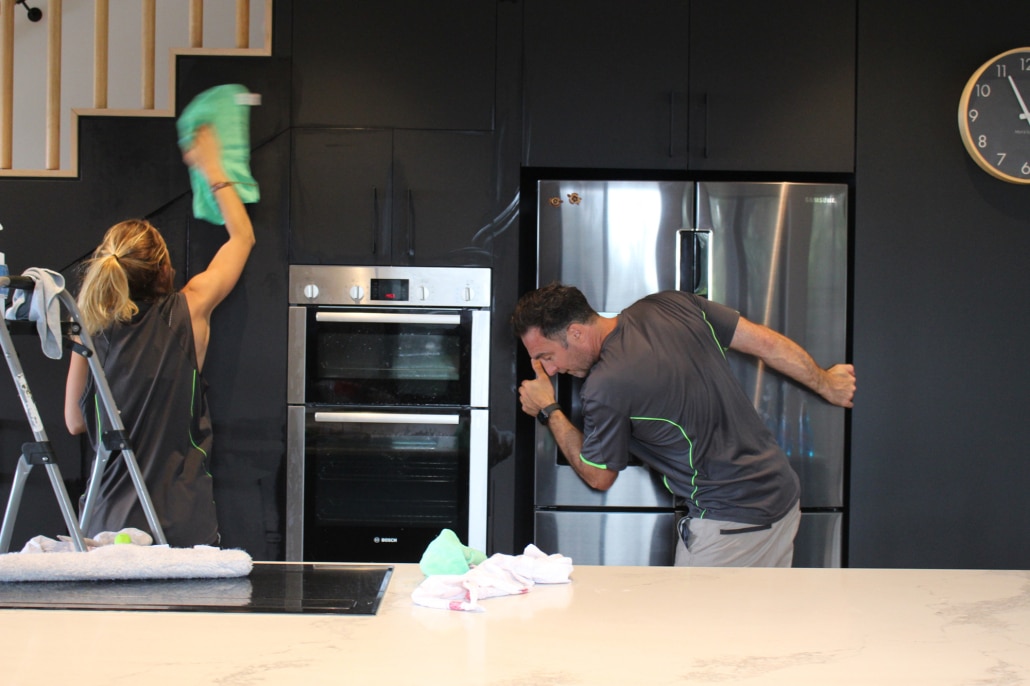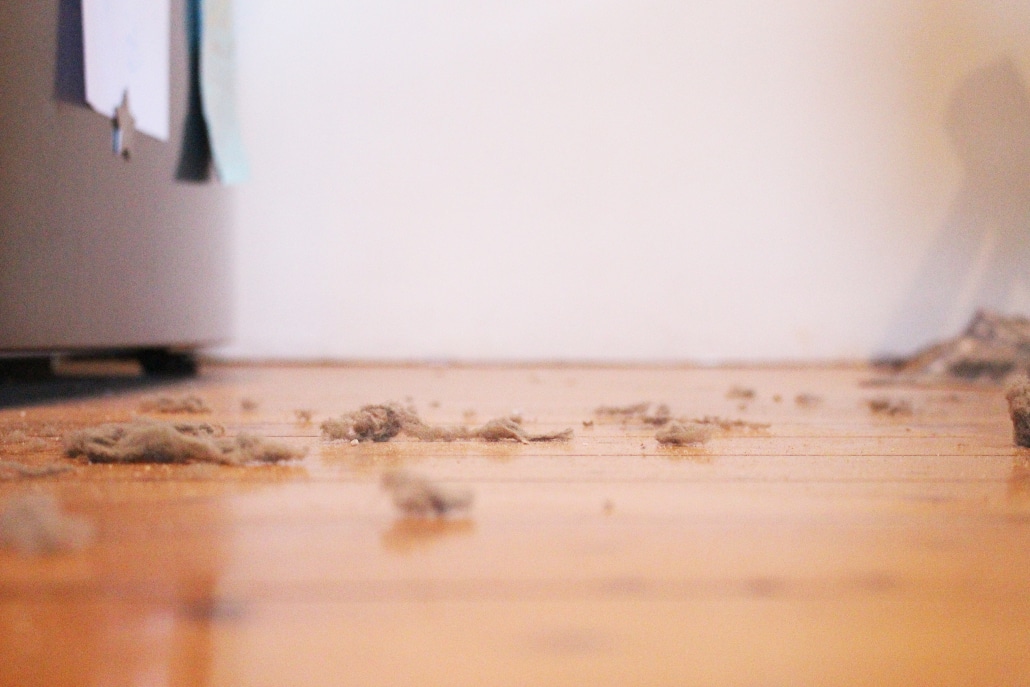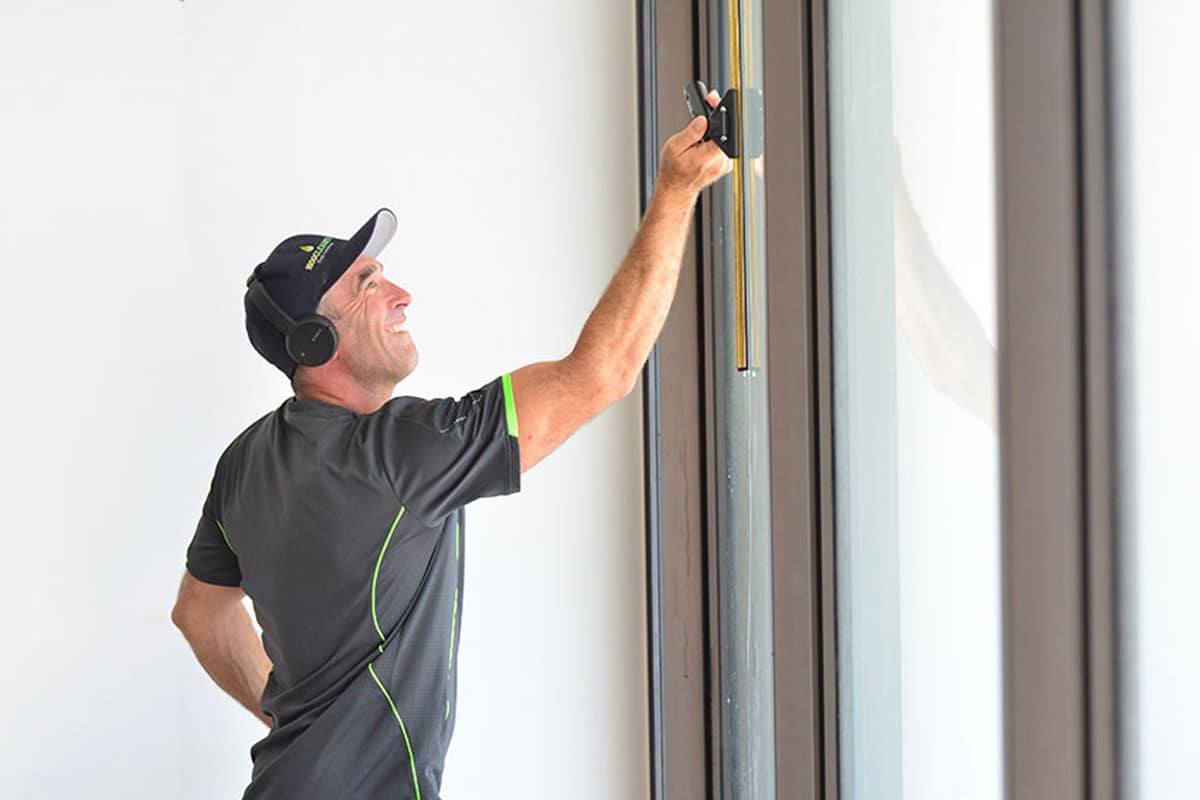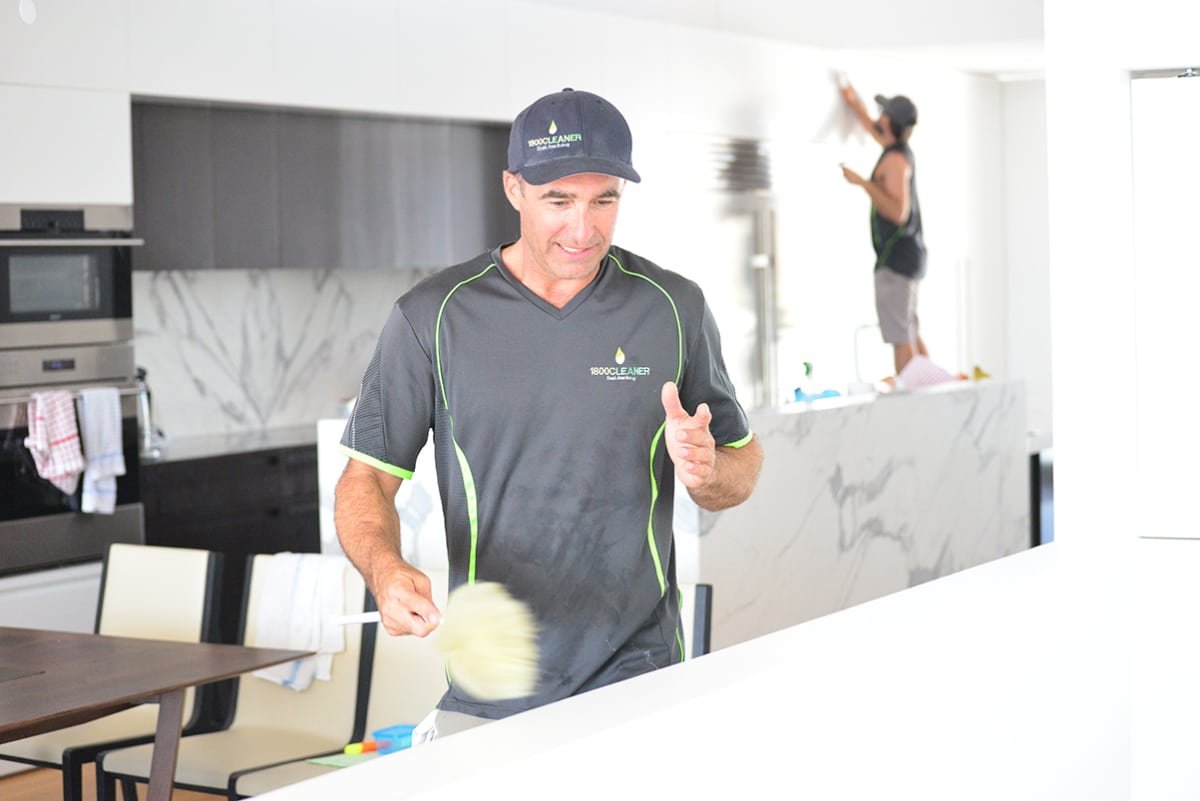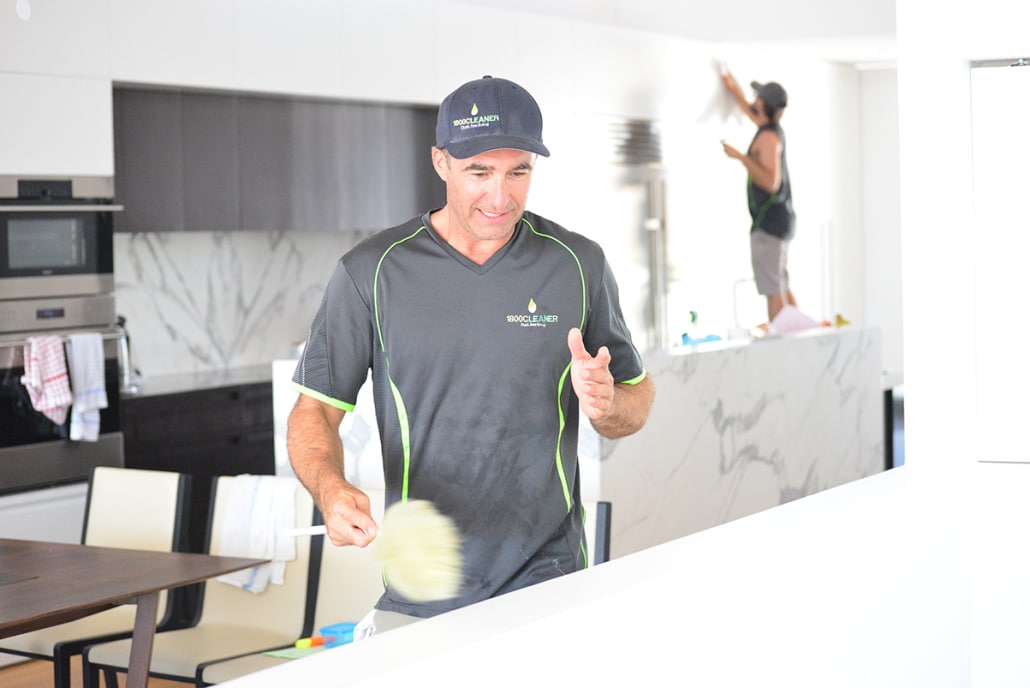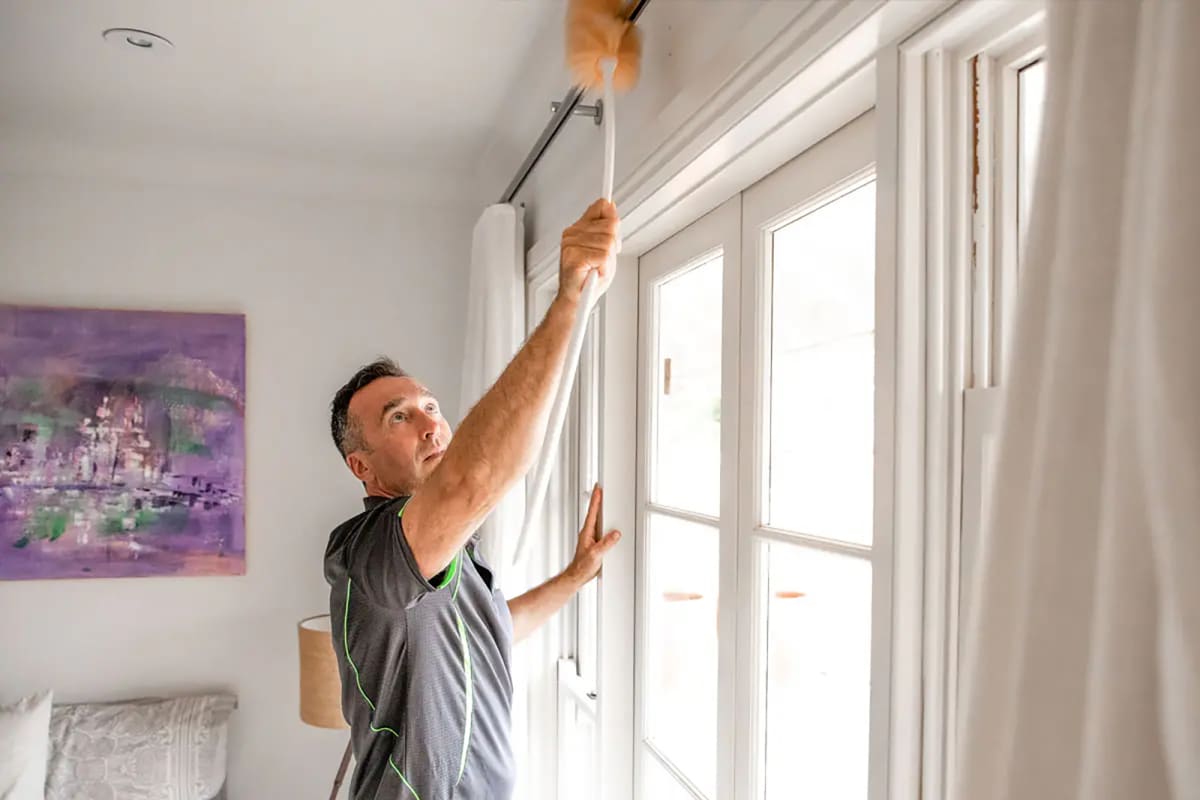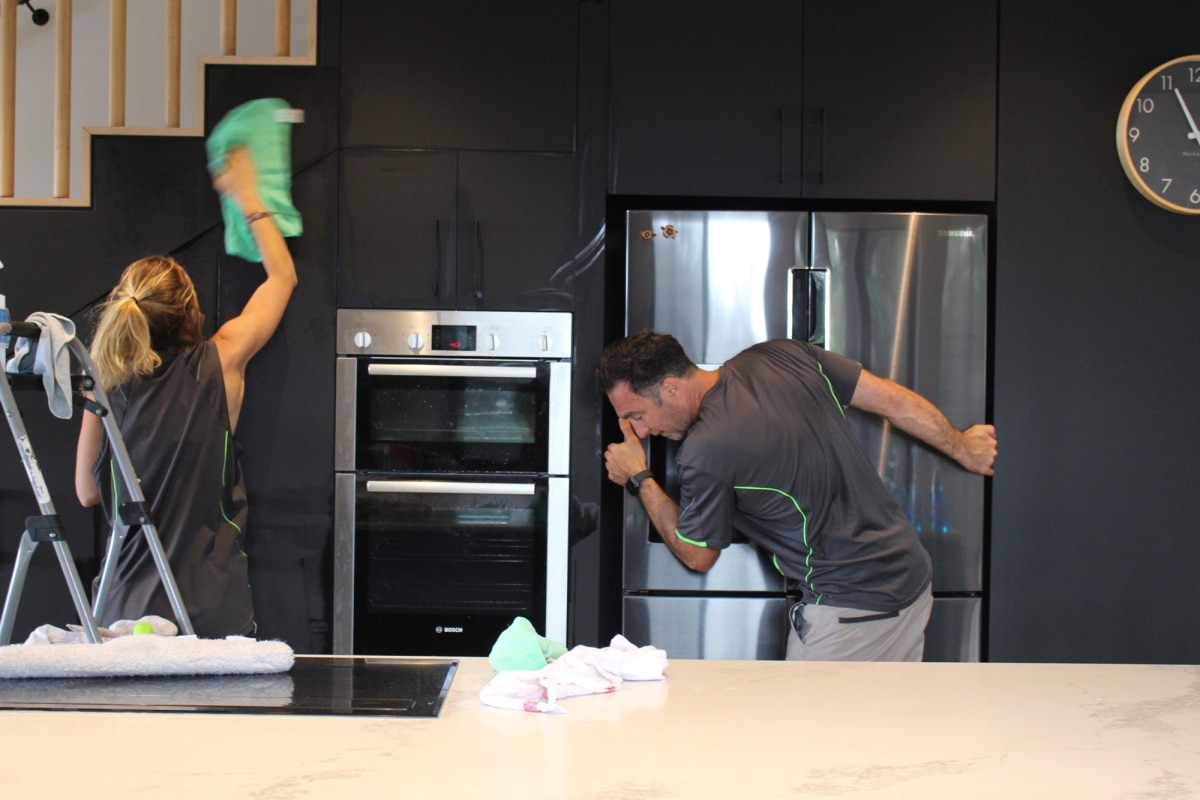Mould at home: why it appears and how to get rid of it
The humidity and mould inside a house can harm the health of the people living there. In this article, we will discuss the reasons for mould and moisture’s appearance, their adverse effects, and essential tips to combat their presence and harmful effects effectively.
Part of our job is to remove black stains that often appear in tile joints, bathroom wall and ceiling corners, glass surfaces, cracks, and other areas prone to accumulating these marks. Remember that mould is a common organic organism that is ubiquitous in nature. And so we can never entirely eliminate it. But we can manage its harmful effects.
Mould at home and the human immune system
The little microscopic mould spores affect our health and, in great numbers, overwhelm our immune systems. Our goal is not to obsessively eliminate every blemish in our homes that could be mould but to ensure we don’t have excessive amounts that can overwhelm our immune systems. It’s not really about complete mould eradication but rather mould management.
How is mould produced?
Many studies related to the subject try to clarify the reason for the appearance of mould inside houses. Among the most important are:
– Construction failures and poor-quality construction materials
– Home maintenance, broken amenities
– Inadequate ventilation and heating equipment
– Poor indoor air quality
– Behavior of the occupants inside the homes
– Climatic factors such as rain and humidity
– Rising damp
– Underground river systems
– Excessive rain
– Lack of direct sunlight
The high humidity in the Australian environment leads to excess condensation, which often results in the spread of mould. This is particularly common in bathrooms and on glass surfaces. We usually underestimate the potential health risks associated with mould. Out of sight is not out of the body, sadly, when it comes to microscopic and hence unseen toxins – both natural and inorganic. And these things we can’t see, in this case, microscopic mould spores, can harm us.
Australian houses are highly vulnerable to relative humidity for various reasons.
• Lack of natural ventilation in basements and ceilings.
• Opening windows to cool rooms on warm, humid days.
• Buildings not adequately sealed or mechanically ventilated.
After the COVID-19 pandemic, many people spent more time indoors, leading to a more sedentary indoor lifestyle. As such, the quality of the indoor air is more crucial than ever.
Adverse health effects
Australia has one of the highest rates of asthma in the world, with one in nine Australians experiencing asthma symptoms. It has been proven that factors such as humidity, mould, dust mites, and poor indoor air quality can significantly impact health, leading to respiratory issues, allergies, hypersensitivity pneumonitis, rhino-conjunctivitis and other diseases in children and adults. Additionally, these factors can also contribute to depressive symptoms, sadness, and pain. Even more subtle but painful occurrences like headaches, fatigue, itchy eyes and runny noses can result from mould.
How to manage house mould
We acknowledge that climatic, structural, and mechanical factors are key determinants for spreading mould and dust mites at home, but the residents play a crucial role in preventing their proliferation. Diligent and mindful cleaning significantly reduces the presence of mould in homes. But special attention must be given to ensuring your vacuum cleaner can catch these tiny spores through its filter system, meaning a HEPA-grade vacuum cleaner at the least.
Below, we provide some tips for you to consider and implement when dealing with this issue in various areas:
– Regularly clean all areas of the home by vacuuming (HEPA grade), dusting, washing, and wiping exposed areas, with special attention given to bathrooms and kitchens.
– Use natural cleaning products and avoid bleach, as it does not directly kill all germs, allowing them to reappear. Also, the toxins in certain products can be as harmful as and even worse than the organic toxins we are trying to combat.
– Ensure sufficient light by opening curtains and blinds to let sunlight in.
– Keep the exhaust fan on in bathrooms, kitchens, and basements to eliminate steam.
– Use moisture absorbers in basements, closets, or areas without proper ventilation.
– Always keep your windows and cupboards clean and dry.
Keep in mind that leaks in pipes, especially in closed spaces, indoor plants that require regular watering, and fish tanks, can contribute to mould growth.
1800 CLEANER is a company that specializes in treating and eliminating mould in homes. Our highly trained team, equipped with special tools, is ready to help you combat mould in your home. Don’t hesitate to contact us to transform your home into a mould-free environment, allowing you to live in a pleasant and healthy space. To live your life to the fullest.

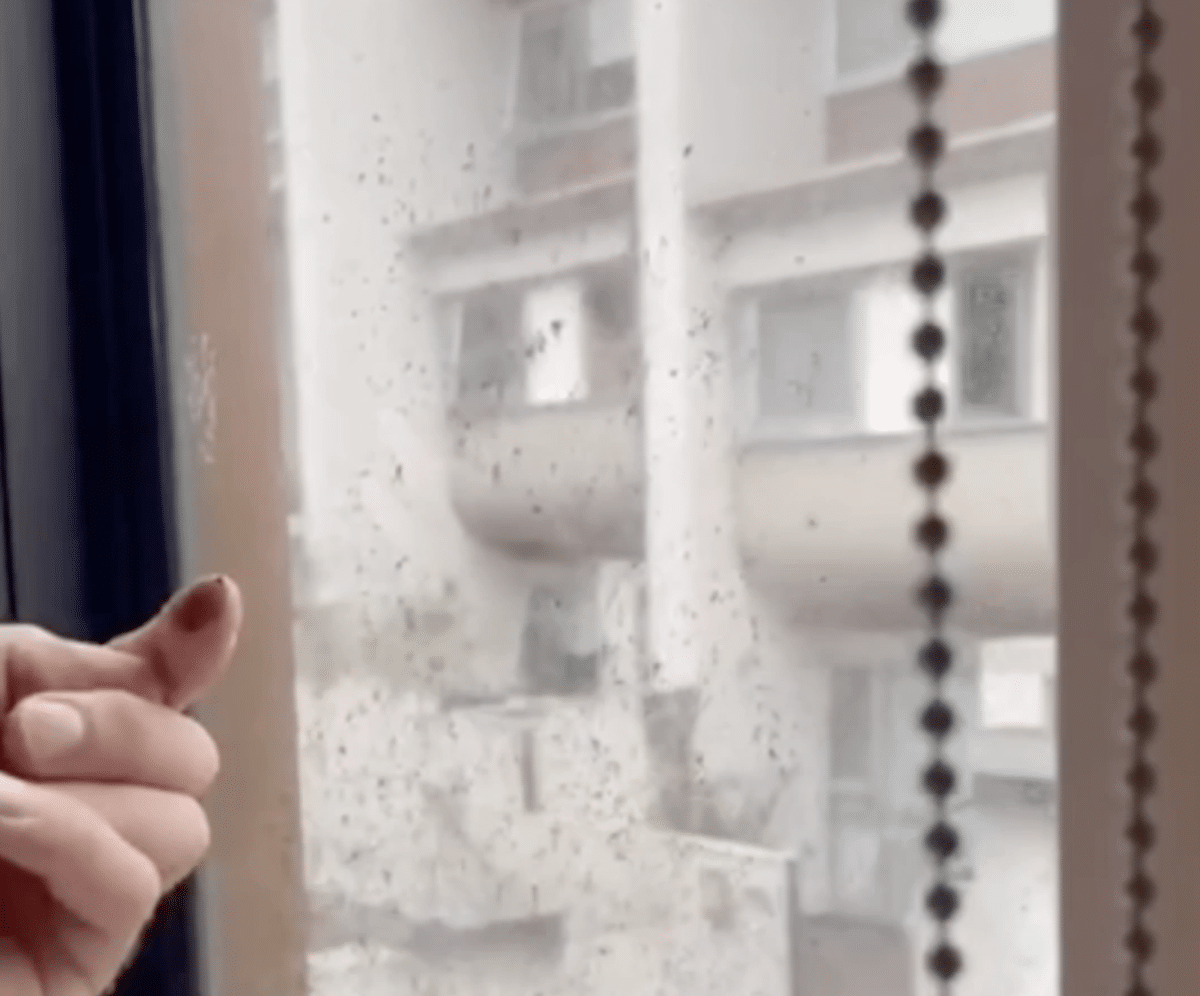
 Riverview cleaners pty ltd
Riverview cleaners pty ltd